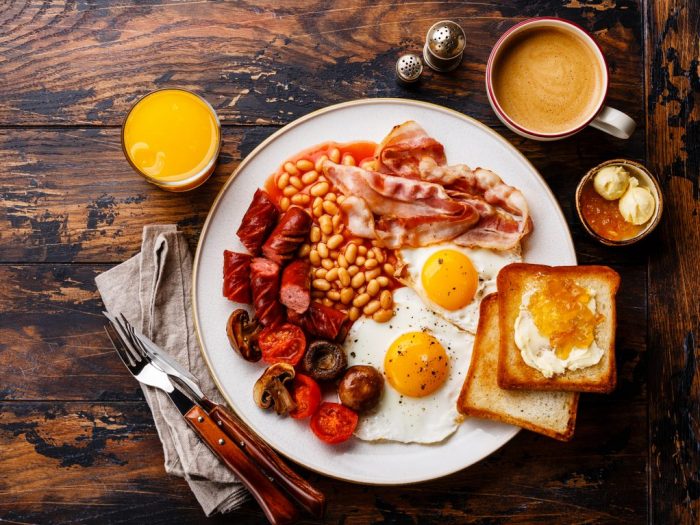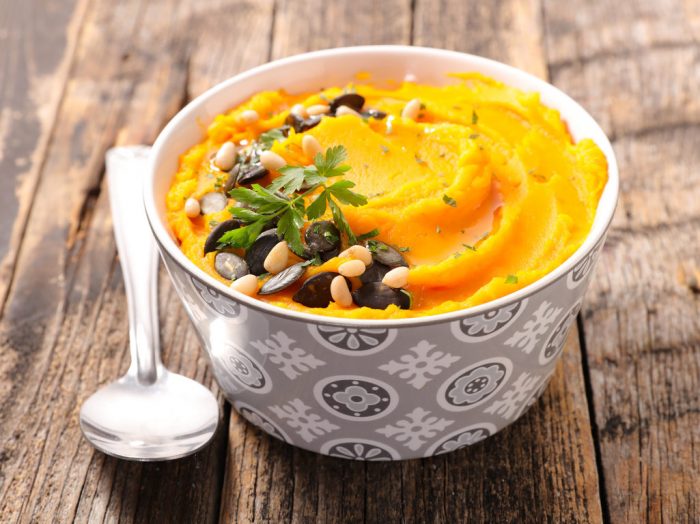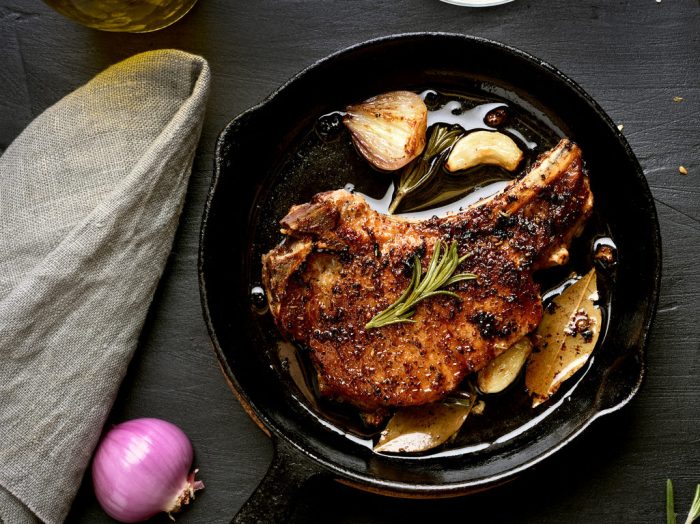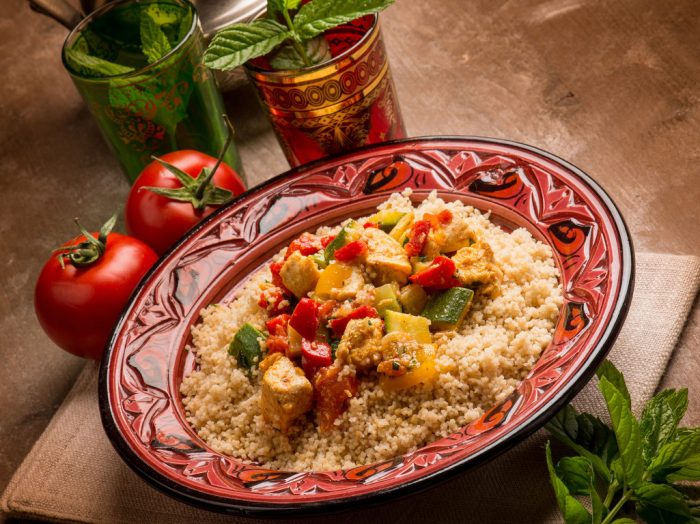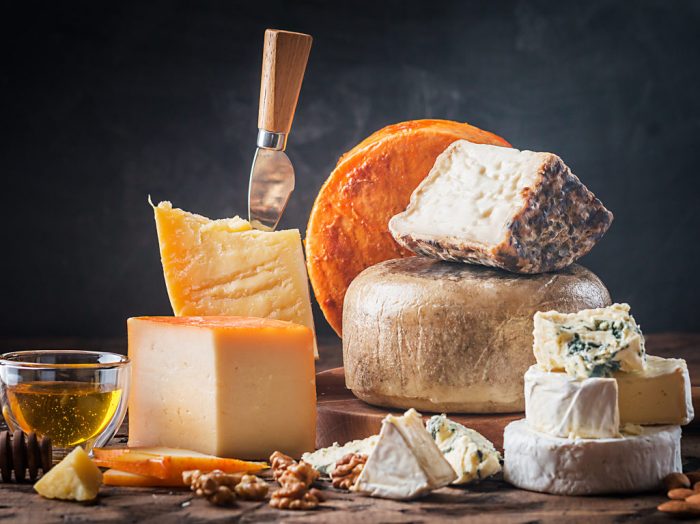A Penn State study revealed that preschoolers may not be as good at resisting bigger portions of food as the scientific community had previously thought.
The science of portion size is one interesting nutrition field. On the one hand, we have the recommended portion sizes that, to be honest, I am not sure I know of anyone who follows them to the letter. On the other hand, food labs around the world have looked at how the size of the plate impacts eating habits and the results, so far, show that the influence is pretty far-reaching.
And why, precisely do people around me not follow the portion size guidelines? It might be because we are taught to ignore them since infancy. This new Penn State study says that preschoolers, children between the ages of three and five are quite susceptible to the portion size effect. That means that they also tend to eat more when larger portions are served. Until now, scientists believed that children of that age were able to feel when they were full and stop. But no, this research shows that kids are also likely to eat more if they have more food on the plate.
Bigger portions misleading kids
The results of the study show that, when they were served bigger portions of meals or snacks, the children tended to literally eat it up, even though it was more food by weight and by calories.
The results of the study were recently published in the American Journal of Clinical Nutrition. Commenting on them, Alissa Smethers, a doctoral student in nutritional sciences said that caregivers should pay closer attention to the amount of food they serve, but also the variety.
“It’s hard to define portions that are appropriate for all preschoolers since their calorie requirements vary due to differences in height, weight and activity level,” Smethers said. “But it’s a good idea to look at the proportions of different foods you’re serving, with fruits and vegetables filling up half the plate and with smaller portions of more calorie-dense foods, as recommended in the USDA MyPlate nutrition guide.”
That settles it, parents and caregivers! You can actually use this research for creating healthier habits in your children, from an early age.

